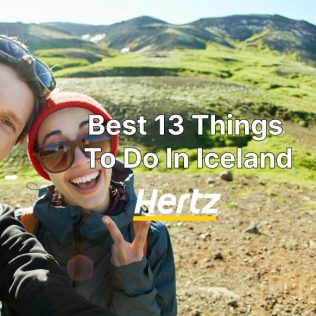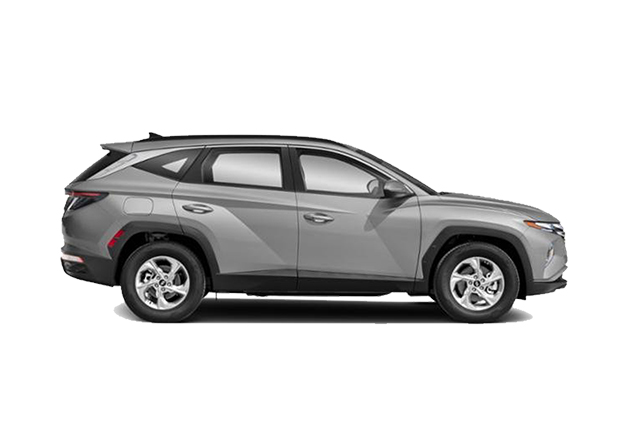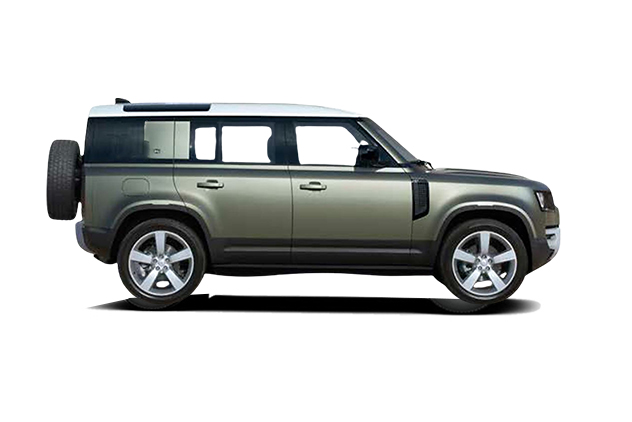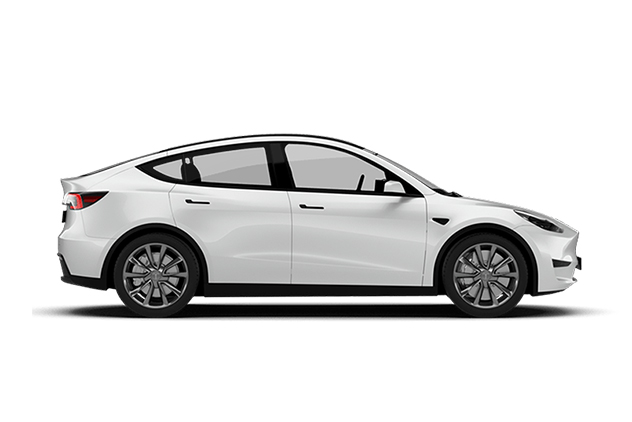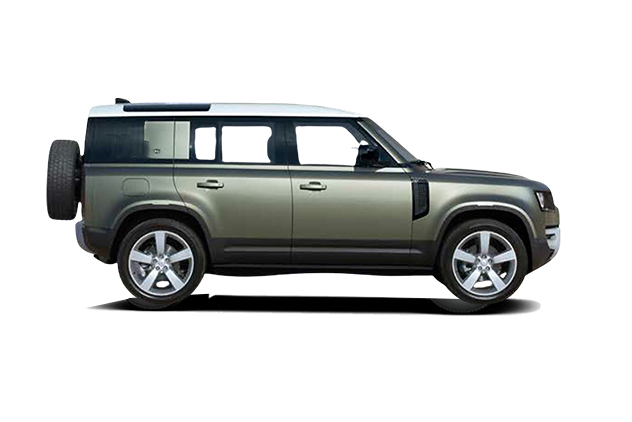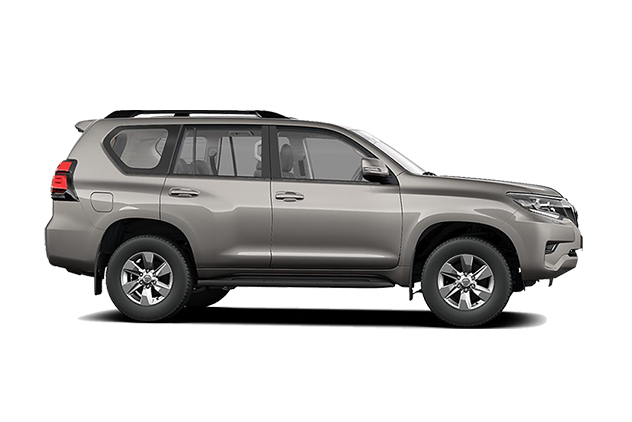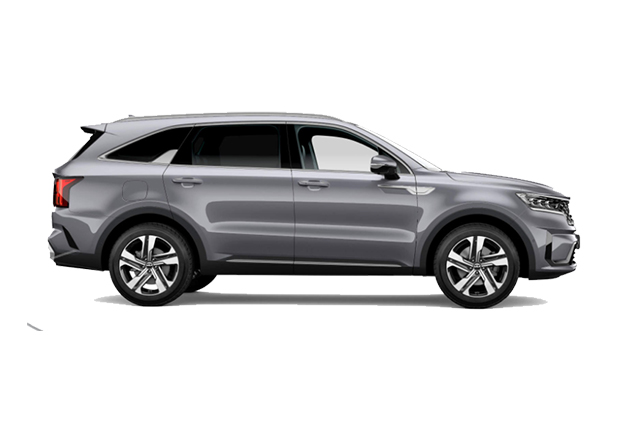There are nearly endless things to do in Iceland, but some attractions are not to be missed. In this travel guide, we round up the top 13 must-do activities, all accessible with the convenience of a rental car.
Explore some of the most captivating landscapes in the country, from the remote and rugged Westfjords to the iconic Golden Circle route and more. Our list ensures that you make the most of your journey, offering insights and tips to navigate Iceland’s diverse terrain and experience it to the fullest.
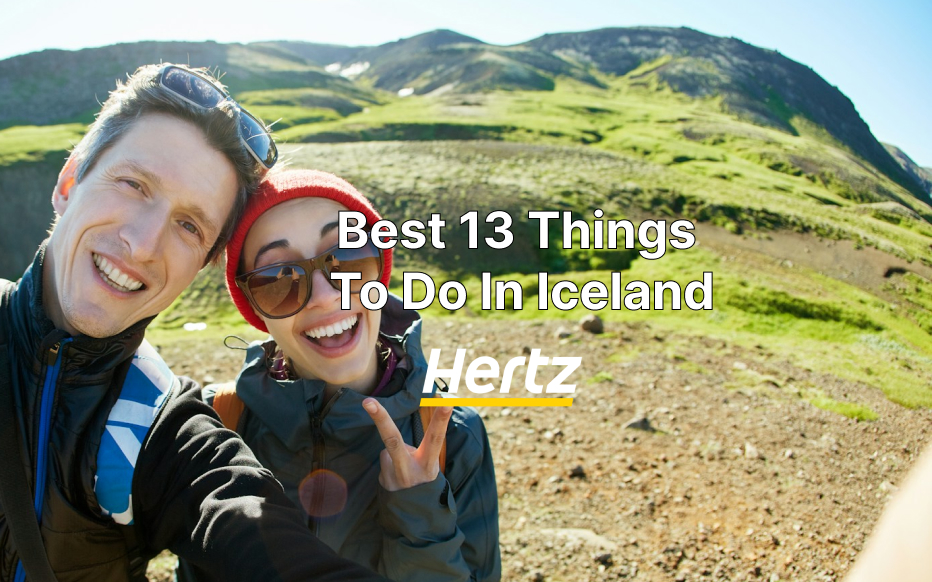
Top 13: Visit the remote Westfjords area
When?: Aim for a summer visit (June-August) for the most daylight hours and mildest weather. However, the shoulder seasons (May-June, September-October) offer fewer crowds and the possibility of witnessing the Northern Lights.
Where?: The Iceland Westfjords
Best rental car?: A 4WD rental car is crucial for navigating the Westfjords’ rugged roads and unpredictable weather.
Iceland’s Westfjords, also known as Vestfirðir in Icelandic, is a large peninsula located on the northwestern part of Iceland. It’s known for being a remote and rugged region with dramatic landscapes, including towering cliffs, deep fjords, and isolated beaches. The Westfjords is the least populated region in Iceland, making it a perfect destination for travelers seeking an off-the-beaten-path adventure.
The Westfjords offer some of the best hiking trails in Iceland, with options for all skill levels. Hike to the top of Dynjandi waterfall, the “jewel of the Westfjords,” explore the Hornstrandir Nature Reserve, a hiker’s paradise with its untouched arctic wilderness, or walk among the bird cliffs of Látrabjarg, Europe’s largest bird cliff, and see Atlantic puffins.
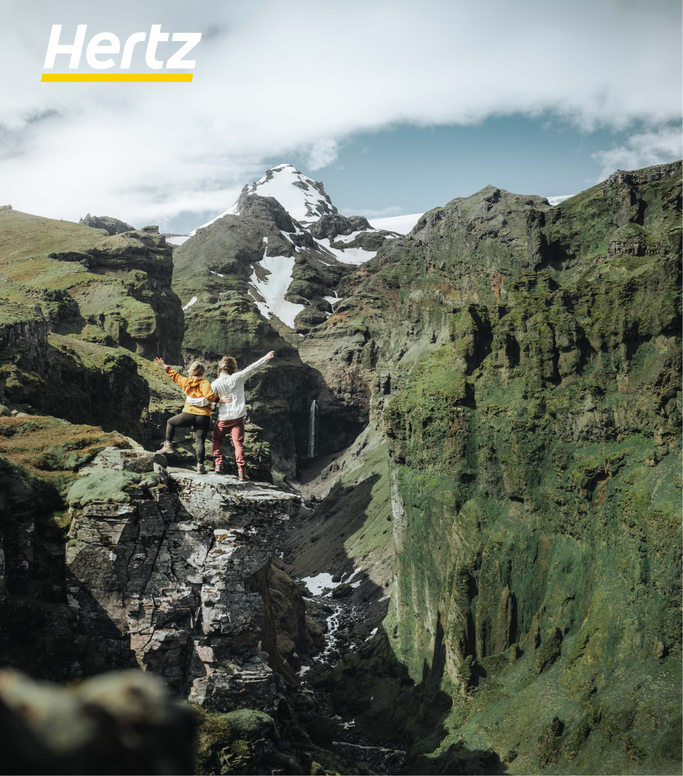
Top 12: Try authentic Icelandic food
When?: All year round.
Where?: Reykjavik’s Austurvöllur area is a haven for traditional Icelandic restaurants, but you’ll also find them in Akureyri, Ísafjörður, along the Golden Circle and snaefellsnes peninsula.
Best rental car?: Any vehicle is suitable. Iceland’s main routes are generally well-maintained, and a 4WD isn’t necessary unless you plan on venturing off the beaten path later in your trip.
Icelandic food is centered around fresh seafood, thanks to the country’s abundant ocean resources. Expect plenty of fish dishes, like cod, salmon, and Arctic char, often simply prepared to retain their natural flavors.
Lamb, raised on Iceland’s wild pastures, is another staple, enjoyed smoked (hangikjöt) or roasted. Don’t miss skyr, a thick, protein-packed yogurt that’s one of Iceland’s most well-known specialties. If you’re adventurous, you can also try the Hákarl, a fermented shark dish, or Sviðs, a sheep’s head.

Top 11: See the midnight sun during summer
When?: Only in the summer. Aim for a visit between mid-June and mid-July for the peak experience.
Where?: The entire country experiences the midnight sun to some degree, but the further north you go, the longer the sun stays above the horizon.
Best rental car?: If your itinerary focuses on Reykjavik and exploring southern Iceland’s well-maintained roads, a 2WD car will suffice. However, if you plan on venturing further north or onto Iceland F-roads, a 4WD vehicle is highly recommended for its better handling of rough terrain.
The midnight sun is a dazzling natural phenomenon in Iceland. During the summer months, the sun stays visible for 24 hours because the Earth’s tilt on its axis keeps Iceland bathed in sunlight for extended periods.
Even past midnight, the sun only dips below the horizon for a moment, giving the landscape a beautiful glow. With these extended daylight hours, you have more time to explore glaciers, ride horses, and visit geothermal pools. The further north you go, the more dramatic the effect, making it a truly incredible experience.
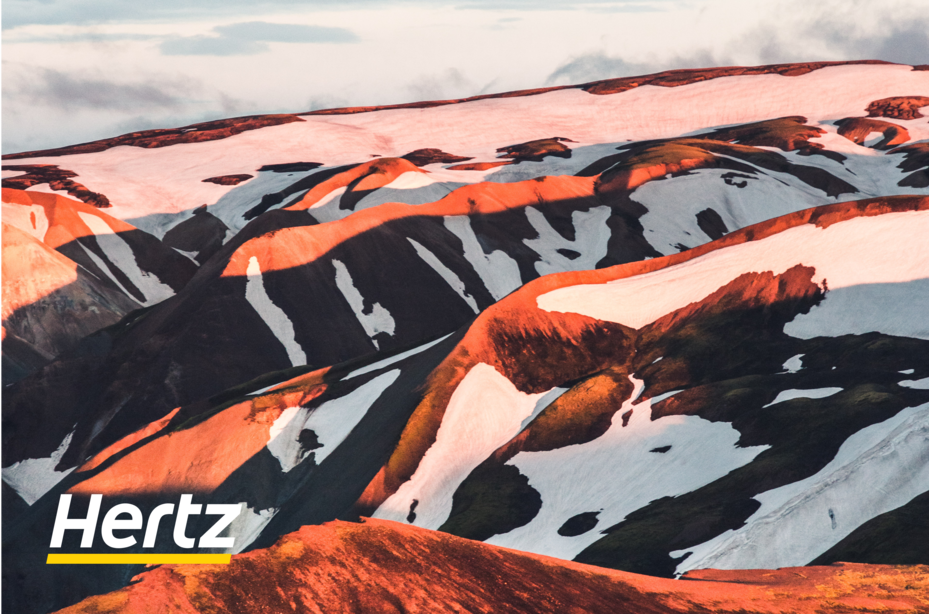
Top 10: See cities, towns, sites and villages in Iceland
When?: All year round.
Where?: Iceland’s top cities, towns, and villages are all located along the well-maintained and popular Route 1 Ring Road, which encircles the country.
Best rental car?: The best rental car will depend on what season you’re visiting and what other activities you have planned for your Iceland itinerary.
Iceland’s cities, towns, and villages offer a charming contrast to the country’s dramatic landscapes. Here, you’ll find a unique blend of colorful houses, rich history, and friendly locals. Immerse yourself in Viking history, explore quirky museums, or visit sites like the Thingvellir National Park, a UNESCO World Heritage Site significant for its role in Iceland’s parliament.
Each town boasts its own charm. Sample fresh seafood in a harbor village, soak in geothermal pools in a nature retreat or browse local crafts in a cozy town center.
Many towns serve as gateways to nearby natural wonders. Akureyri is a jumping-off point for whale watching, while Vík puts you near Reynisdrangar sea stacks and black sand beaches. And, of course, don’t miss Iceland’s capital, Reykjavik, which offers museums, nightlife, and easy access to geothermal wonders like the Iceland Blue Lagoon.
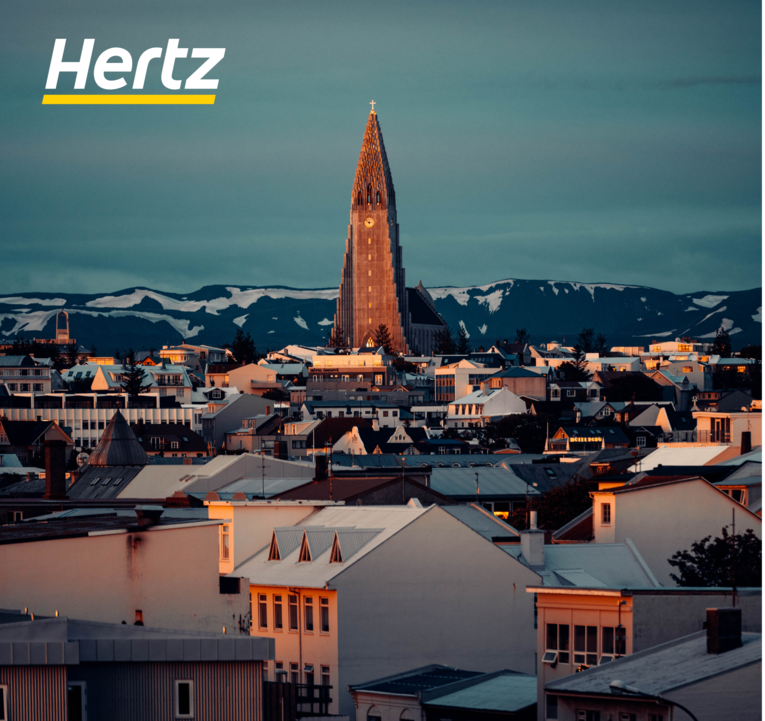
Top 9: Visit Icelandic highlands in summer via F-roads
When?: The F-roads, which are the only way to access the highlands, are typically only open from June to September due to snow. Aim for the peak summer months (July-August) for the warmest weather and most daylight hours.
Where?: The Icelandic Highlands are located in the central interior of the country.
Best rental car? A visit to Iceland’s Highlands almost always requires navigating f-roads, which are unpaved routes that weave through the region. By law, a 4X4 rental car is required to drive on these roads, and we recommend one with high clearance in case you encounter river crossings.
The Icelandic Highlands encompass a vast, sparsely-populated region in the interior of the country, making hte region the ultimate destination for adventurous travelers. Geologically, the region is a treasure trove featuring active volcanic zones, powerful glaciers, and geothermal activity. Landmannalaugar, a popular destination within the Highlands, is known for its vibrantly colored rhyolite mountains and geothermal pools. Hiking is the primary method of exploring the region, with trails leading to hidden waterfalls, volcanic craters, and geothermal wonders.
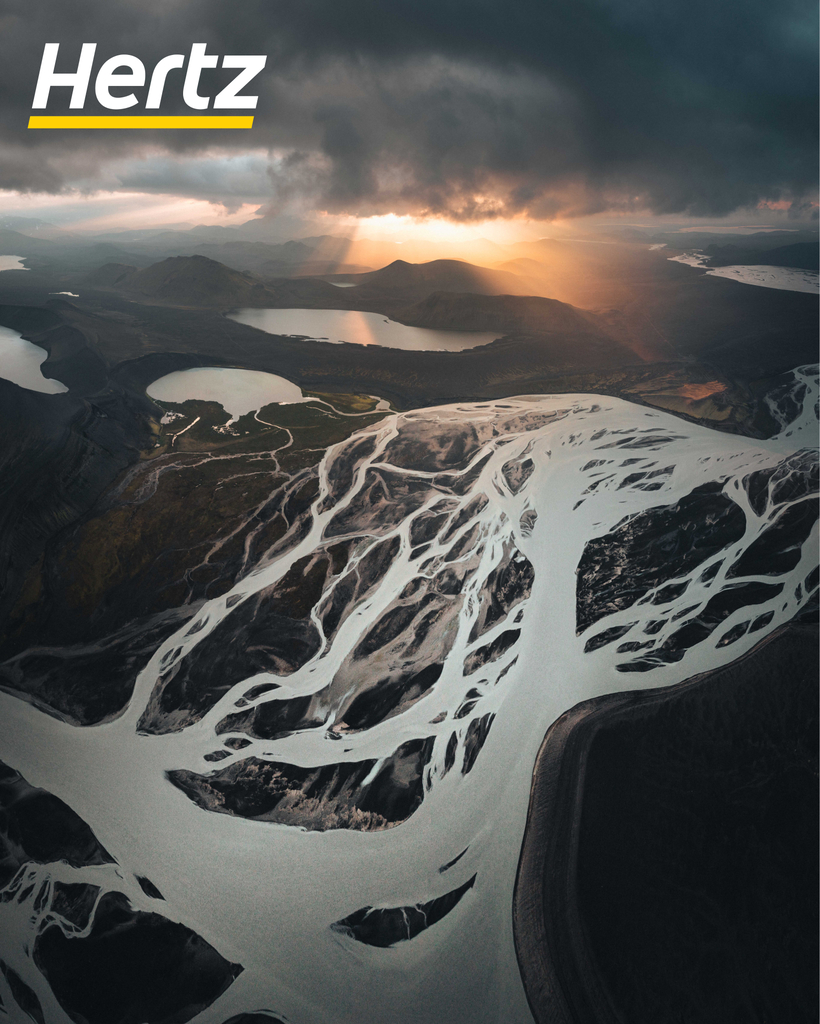
Top 8: Go bird and puffin watching
When?: The best time for birdwatching in Iceland is during the summer months, from May to August. This coincides with the breeding season for many species.
Where?: Some of the top locations to see puffins and other birds include Látrabjarg cliffs in the Westfjords, Westman Islands, Akureyri, and Dyrhólaey.
Best rental car? A 4WD vehicle is recommended if you want to access cliffs in more remote areas of the country.
Iceland’s remote location and diverse habitats have fostered a rich birdwatching scene. Many come to see the Atlantic Puffin, particularly during the breeding season (May-August) when Látrabjarg cliffs in the Westfjords come alive with their nesting colonies. The Westman Islands s home to the world’s largest puffin colony, offering puffin-watching opportunities year-round via boat tours. Similarly, boat trips departing from Akureyri in North Iceland and Dyrhólaey on the South Coast provide sightings of puffins alongside other seabird species, such as Arctic terns and gannets.
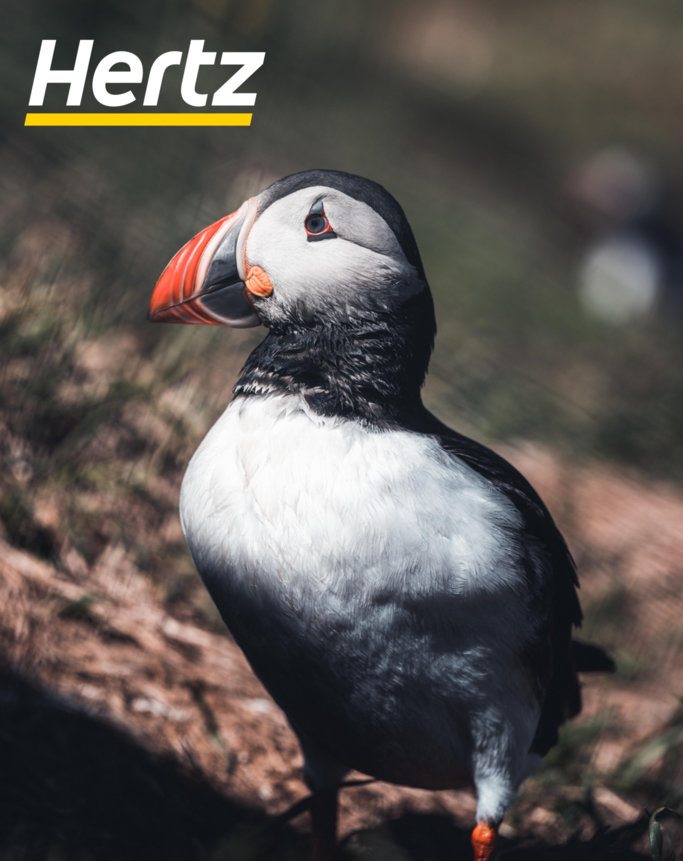
Top 7: Go Glacier hiking or ice caving on the largest glacier in Europe
When?: Glacier hiking and ice caving are generally offered year-round.
Where?: Vatnajokull glacier is located in the southeastern region of Iceland and is accessible via the Ring Road.
Best rental car?: Reaching the Vatnajokull glacier doesn’t necessarily require a 4WD vehicle, especially during the summer months. Most access points along the Ring Road are reachable with a standard 2WD car, except in the winter months.
Iceland’s Vatnajokull glacier, Europe’s largest, offers unique opportunities for glacier activities, including hiking and ice caving. Glacier hiking gives travelers the chance to see crevasses, moulins (vertical shafts), and a variety of ice formations sculpted by natural processes, all on foot using crampons.
Glacier hiking requires a moderate fitness level. Ice caving takes you inside the glacier itself, into glacial caves formed by meltwater. Ice cave tours are generally more physically demanding than glacier hikes due to uneven terrain and potential climbing sections. For both experiences, you will need to book a guided tour with an experienced professional.
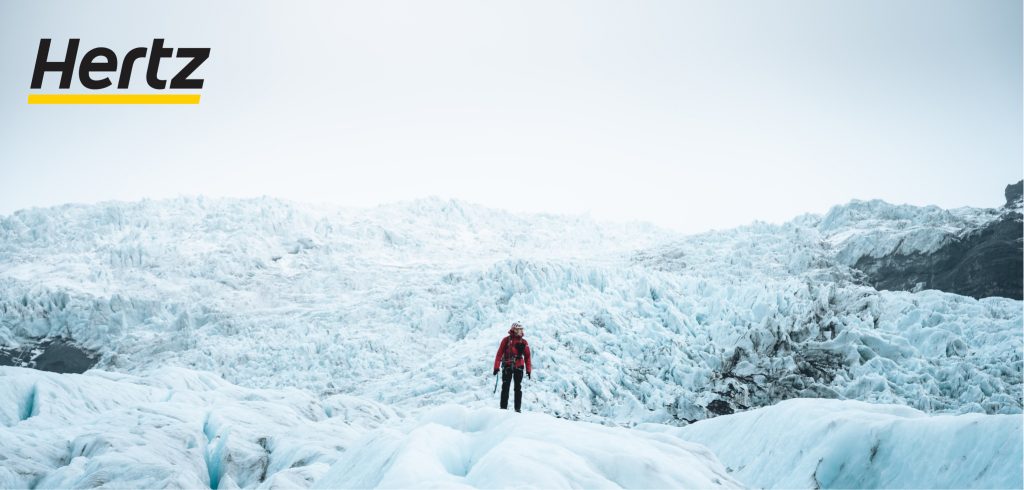
Top 6: Ride an Icelandic horse
When?: Horseback riding adventures are available year-round in Iceland.
Where?: Many horseback riding operators can be found near popular tourist destinations like Akureyri, Vik, and the Golden Circle area.
Best rental car? A standard 2WD car will suffice for reaching most stables offering horseback riding tours, as they are often located near towns or well-maintained roads.
Icelandic horses, a unique breed known for their five gaits, provide a unique way to explore the Icelandic landscape. Unlike most horses, Icelandic horses possess an additional gait besides the walk, trot, and canter. The tölt is a smooth, four-beat gait that is comfortable for riders of all experience levels, so it’s a great family activity.
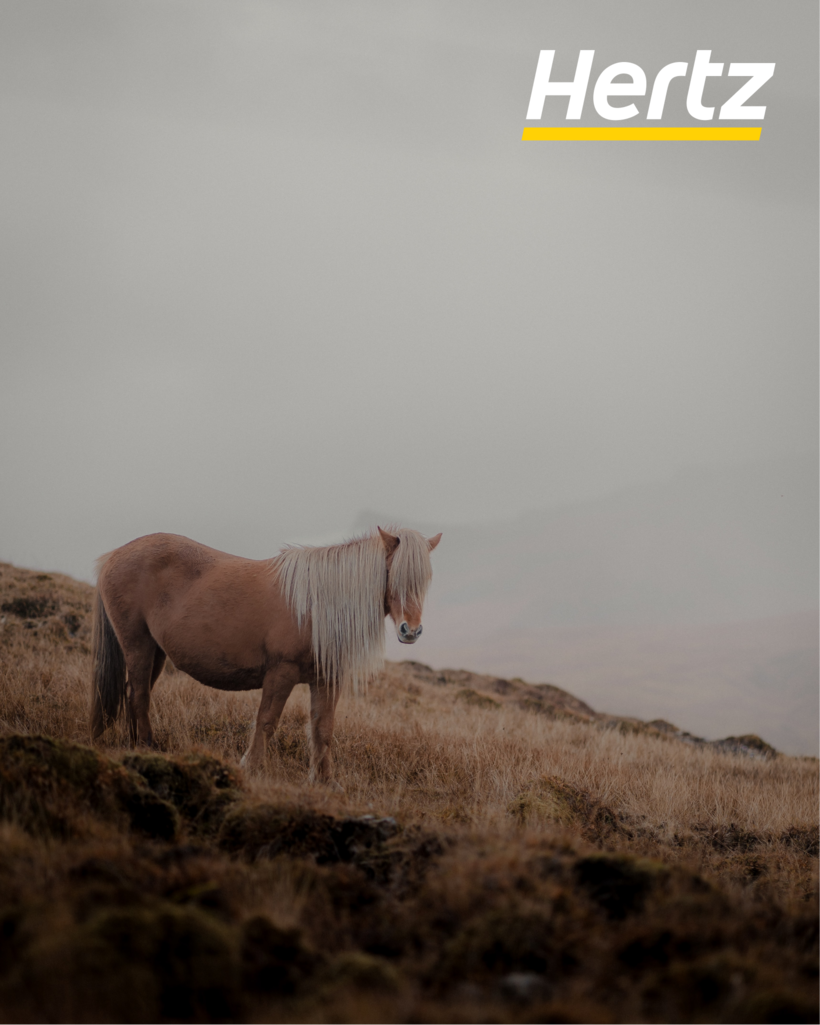
Top 5: Visit a magnificent waterfall in Iceland
When?: Waterfalls can be viewed year-round in Iceland
Where?: Many waterfalls are easily accessible along Iceland’s main highway, the Ring Road
Best rental car?: A standard 2WD car is fine for reaching the most popular waterfalls, however, you might need a 4X4 for more remote waterfalls like Dettifoss.
It’s estimated that Iceland has over 10,000 waterfalls throughout the country, but there are some must-see Iceland waterfalls that you don’t want to miss. Witness the power of Gullfoss waterfall, the “Golden Falls,” on the Golden Circle route. Feel the spray at Skógafoss’s 60-meter cascade on the South Coast, or take a walk behind Seljalandsfoss. Dettifoss, Europe’s most powerful waterfall, is located in the remote north (4WD required), and the multi-tiered Dynjandi is in the Westfjords.
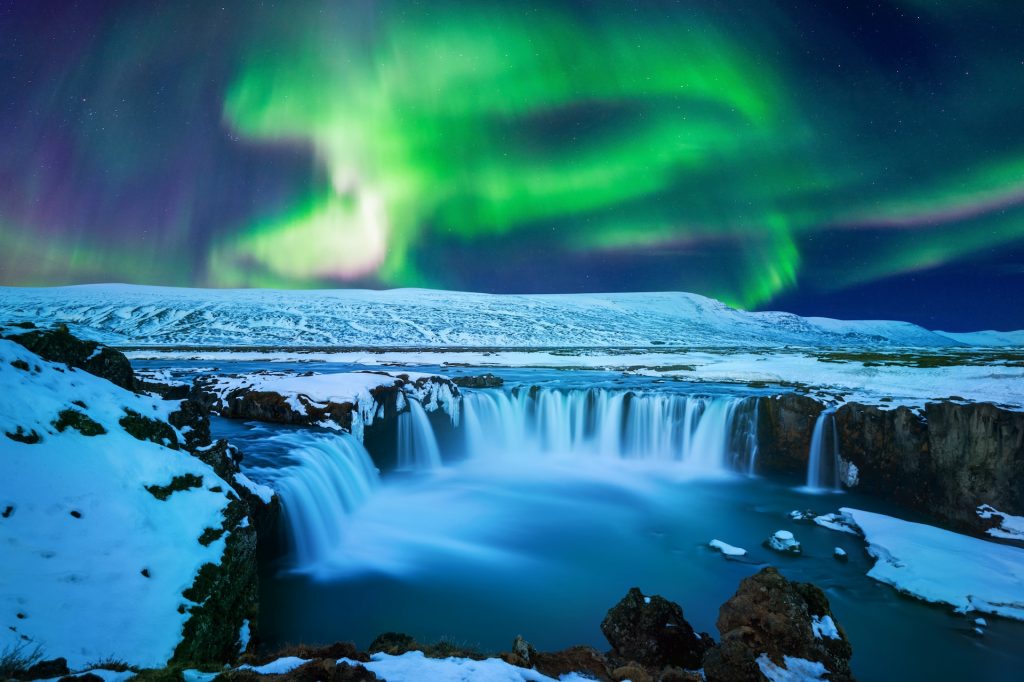
Top 4: See whales with a whale-watching tour
When?: The best time for whale watching in Iceland falls between April and September.
Where?: The top spots for whale watching include Húsavík and Akureyri in North Iceland, Reykjavík, and the Westfjords.
Best rental car? The best rental car will depend on the season, however, a standard 2WD car will enable you to reach most harbor towns where whale-watching tours depart from.
Iceland is one of the top locations in the world to witness whales in their nature habitiat. The peak season falls between April and September, with calm seas and longer daylight hours maximizing your chances of spotting these magnificent creatures. The country’s waters are home to over 10 species of whales including humpback whales, minke whales, orcas and sperm whales, along with dolphins and porpoises.
Iceland whale-watching hotspots include Húsavík in North Iceland, nicknamed Europe’s whale capital, which offers frequent sightings of humpbacks and dolphins. Reykjavík tours are a convenient option for those on shorter trips, while Akureyri combines whale watching with exploring a charming northern town. For a more diverse marine encounter, head to the Westfjords where sperm whales, humpbacks, and even orcas can be spotted.
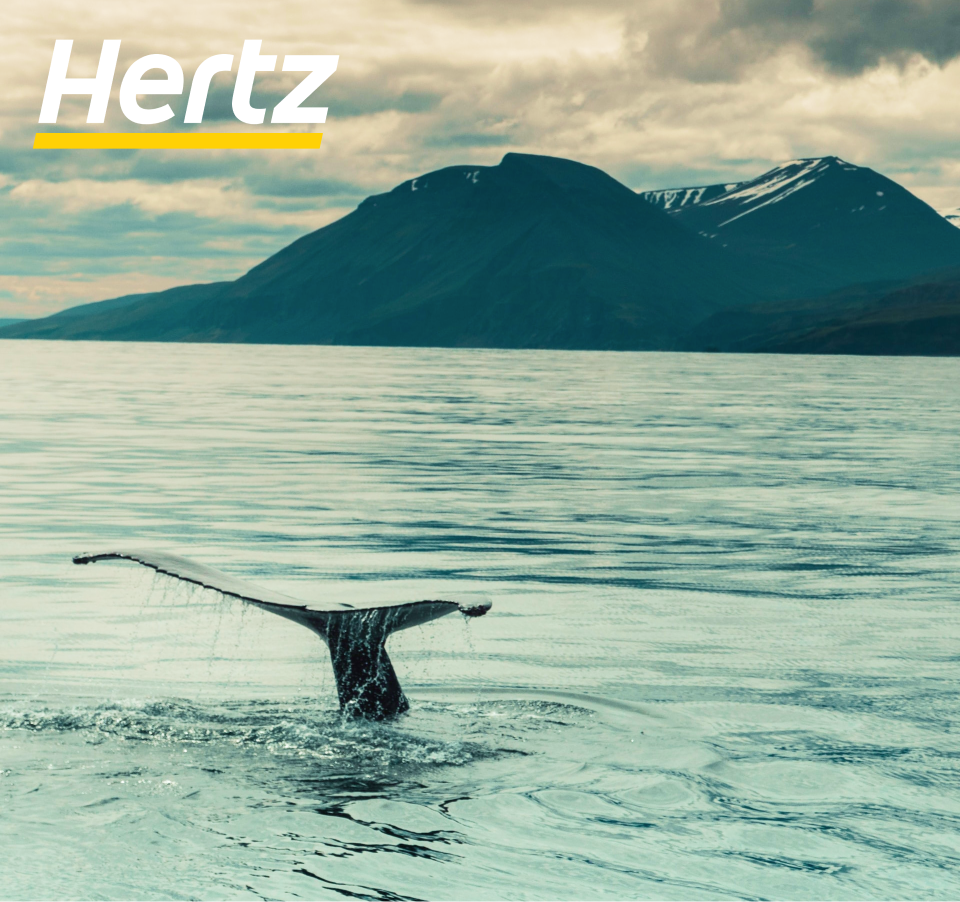
Top 3: Visit natural hot springs
When?: Hot springs are a great option to visit year-round in Iceland.
Where?: Natural hot springs can be found throughout Iceland, near towns, along the Ring Road, and even tucked away in remote locations.
Best rental car? The best rental car depends on which hot springs you are visiting. For the more popular hot springs a compact or mid-size car is fine. However, for more isolated hot springs you will need a 4X4 vehicle.
The geothermal activity in the country gives rise to numerous natural hot springs in Iceland, scattered around the country. These steaming pools are a delightful way to unwind and soak in the warm, mineral-rich waters while surrounded by Iceland’s beautiful landscapes. he warm waters and natural minerals are known to promote relaxation and soothe sore muscles after a day of adventure.
The Blue Lagoon is the most famous geothermal spa in Iceland. It’s located near Reykjavik, making it easily accessible for most visitors. Other options include Secret Lagoon, on the Golden Circle route, Mývatn Nature Baths situated near the geologically active Lake Mývatn area and Vok Bath in East Iceland.
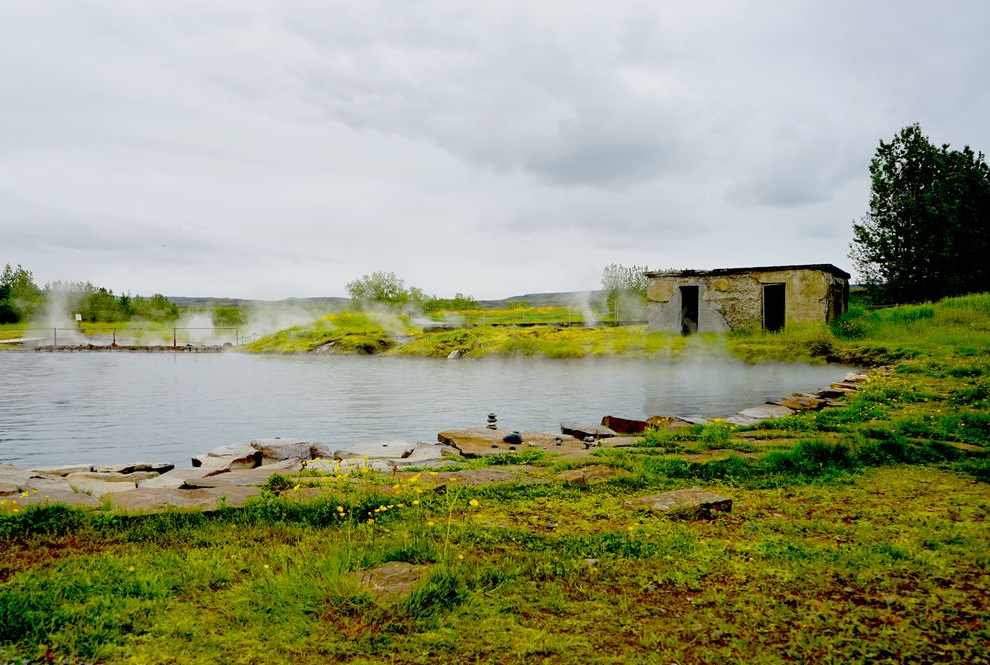
Top 2: See the northern lights
When?: The Northern Lights are most visible from late September to mid-April when skies are darkest and clearest. The peak viewing window falls between late October and March, when there’s a good balance between darkness and clear skies.
Where?: Escape light pollution and head towards remote areas of the country for optimal viewing.
Best rental car? A 4WD car is generally recommended. This is because many viewing spots are located in remote areas with unpaved roads or require navigating icy conditions during winter.
Iceland’s dark winter skies transform into a captivating display of natural light during aurora borealis season, also known as the northern lights. Many people travel to Iceland specifically to see this natural phenomenon. Some of the prime locations for viewing the northern lights include Þingvellir National Park, Jökulsárlón glacier lagoon, the Westfjords and North Iceland. Essentially, the farther you are away from lights, the better.
Look for cloudless nights, and check Iceland’s Aurora Borealis forecast via vedur.is to determine the likelihood of seeing them on a particular night. The darker the sky, the better. Aim for nights further away from the full moon for the most vibrant displays, and be patient as sightings are not always guaranteed.
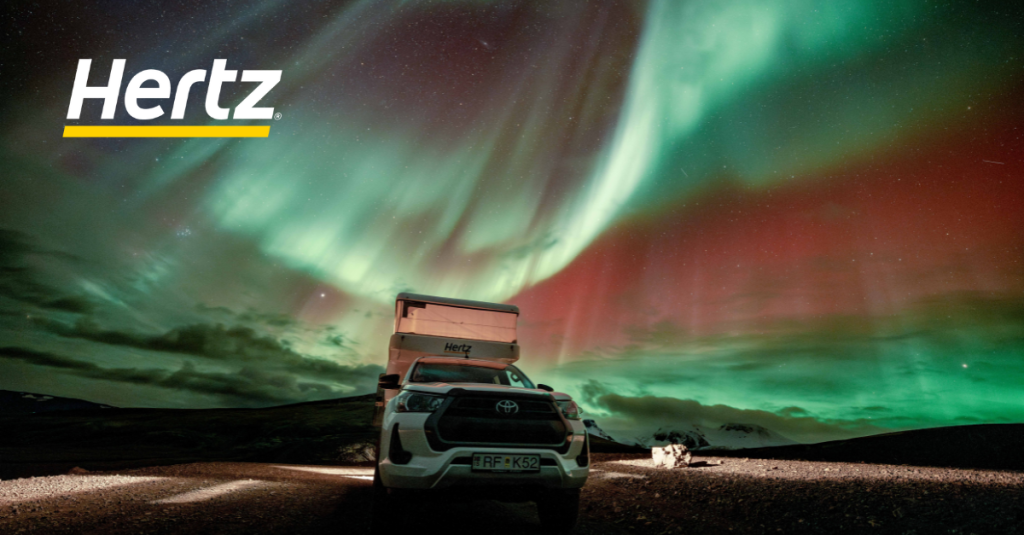
Top 1: Sightseeing along the Ring Road
When?: The Ring Road is accessible year-round
Where?: The Ring Road, also known as Route 1, is Iceland’s main highway, encircling the entire country.
Best rental car?: Although the Ring Road is paved, we would recommend a 4X4 vehicle, which will give you full flexibility to enjoy all the attractions along the route
The Ring Road’s total distance is roughly 3,100 kilometers (1,929 miles). Allow ample time to complete the loop. We recommended a pace of 7-10 days is recommended to fully appreciate the diverse landscapes and hidden gems along the way.
Witness powerful waterfalls like Gullfoss and Skógafoss, glaciers like Vatnajokull, geothermal hot springs and volcanic craters. Enjoy vibrant culture of Reykjavík, explore the historical significance of Þingvellir National Park, or discover the natural beauty surrounding Akureyri in the north.
Stop by the unique black sand beaches of Reynisfjara, see the towering sea stacks along the South Coast, the shinny diamond beach or visit the cliffs of Snæfellsjökull National Park to see birds and marine life. The Ring Road is truly the best way to experience all that Iceland has to offer.
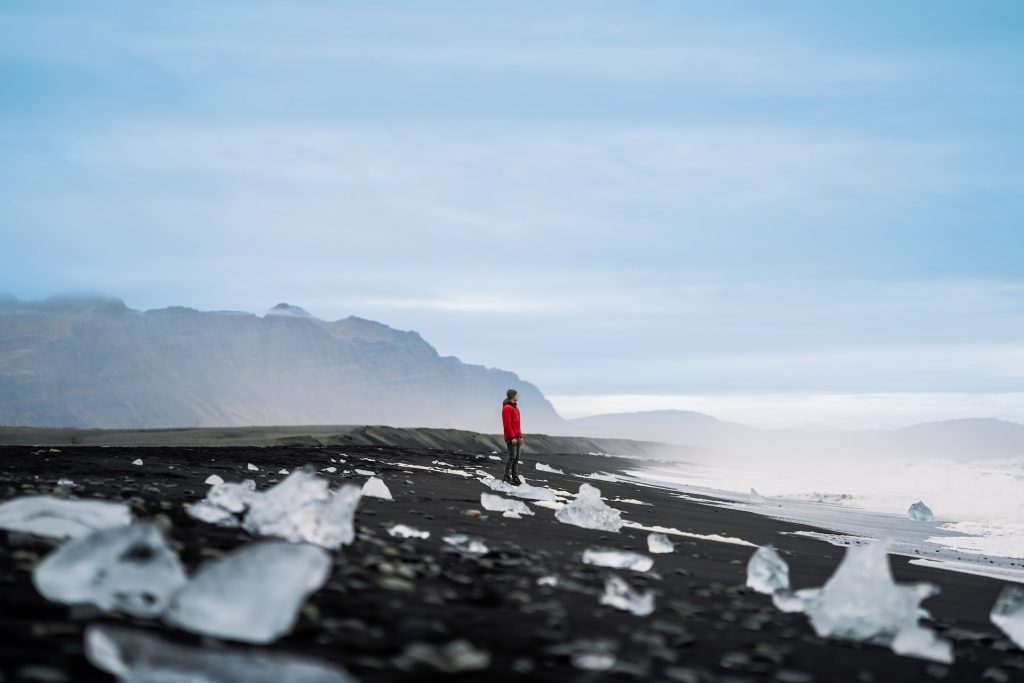
Best 13 things to do in Iceland
The best 13 things to do in Iceland are waiting for you, and this guide will equip you with everything you need for your upcoming journey. To embark on your adventure, book your rental car with Hertz Iceland today. A rental car is essential for convenient access to the country’s top attractions, and its important to book in advance to ensure you get the perfect rental car for your Icelandic adventure.
